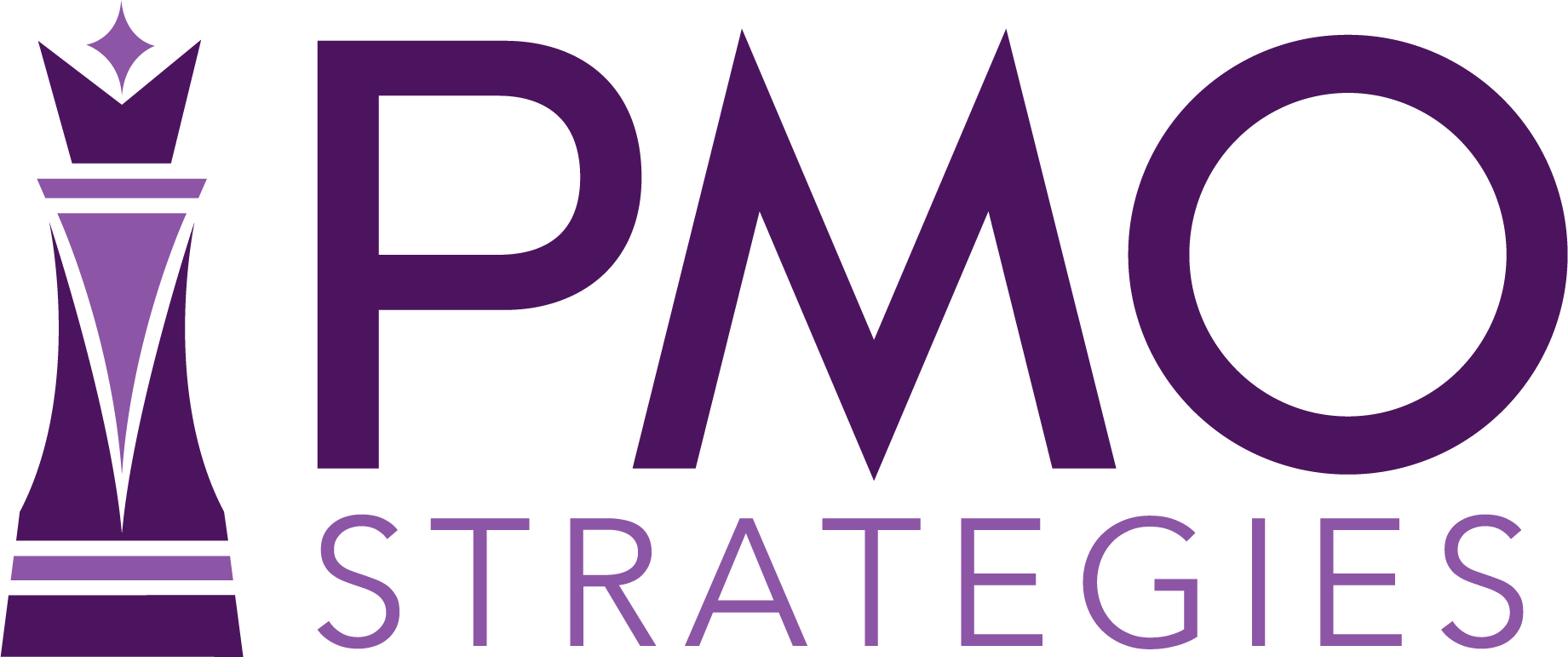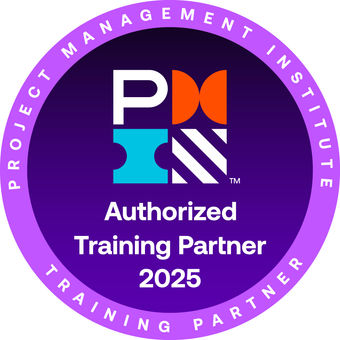-
 John will share with us the key characteristics of Project Management 2.0 and explain why PM 2.0 has emerged in response to the deficiencies of traditional project management. The presentation will emphasize the project manager’s emerging role in strategic planning and project leadership and discuss how to achieve more meaningful information with KPIs, metrics, and dashboards. John will also share with us the current state of PM 2.0 adoption, provide recommendations on how to get started and explain how PM 2.0 can reduce project costs and ensure delivered business value.
John will share with us the key characteristics of Project Management 2.0 and explain why PM 2.0 has emerged in response to the deficiencies of traditional project management. The presentation will emphasize the project manager’s emerging role in strategic planning and project leadership and discuss how to achieve more meaningful information with KPIs, metrics, and dashboards. John will also share with us the current state of PM 2.0 adoption, provide recommendations on how to get started and explain how PM 2.0 can reduce project costs and ensure delivered business value. -
 Been there, done that! Lee has more than 50 years in project management, teaching more than 50,000 students in 23 countries. Recognized as one of the pioneers in the creation and implementation of a PMO, Lee is going to share his insights with us on what it takes to build and run a PMO that will get it done for the business, or has Lee likes to say, “Get er done!”
Been there, done that! Lee has more than 50 years in project management, teaching more than 50,000 students in 23 countries. Recognized as one of the pioneers in the creation and implementation of a PMO, Lee is going to share his insights with us on what it takes to build and run a PMO that will get it done for the business, or has Lee likes to say, “Get er done!” -
 Change IMPACTS everywhere. Simon’s presentation contextualizes then explains a technique for making vision deliverable. An organization is a collection of forms of capital (People and their culture, Their skills and relationships, also processes, plant & equipment etc). Capital would persist in the optimum state for short-term benefits delivery if there was no change. Change drives re-allocation of resources. This is the territory of the organization’s leadership. PMOs at the portfolio and enterprise-level either support or trespass on the chair and CEO’s duties to protect capital and respond to adaptive opportunity and threat. Change is the affect of {market-place + mission + values}. Change causes leaders at all levels of the organization to forge and cascade vision. With the techniques shared in my PMO IMPACT Summit presentation, leaders can express vision in visceral descriptions with concrete links to Income and Expenditure (profit and loss) that inspire, empower and build the Balance Sheet. Once you’ve seen it you’ll recognize ‘it really is just (un-)common sense’ For more common-sense that isn’t easy to invent but is easy to recognize and is readily deployable with some guidance visit LML’s Competency Framework and Transformational Leadership Program
Change IMPACTS everywhere. Simon’s presentation contextualizes then explains a technique for making vision deliverable. An organization is a collection of forms of capital (People and their culture, Their skills and relationships, also processes, plant & equipment etc). Capital would persist in the optimum state for short-term benefits delivery if there was no change. Change drives re-allocation of resources. This is the territory of the organization’s leadership. PMOs at the portfolio and enterprise-level either support or trespass on the chair and CEO’s duties to protect capital and respond to adaptive opportunity and threat. Change is the affect of {market-place + mission + values}. Change causes leaders at all levels of the organization to forge and cascade vision. With the techniques shared in my PMO IMPACT Summit presentation, leaders can express vision in visceral descriptions with concrete links to Income and Expenditure (profit and loss) that inspire, empower and build the Balance Sheet. Once you’ve seen it you’ll recognize ‘it really is just (un-)common sense’ For more common-sense that isn’t easy to invent but is easy to recognize and is readily deployable with some guidance visit LML’s Competency Framework and Transformational Leadership Program -
 Disrespect happens – from our sponsors, our coworkers, our bosses. No matter how we reinforce expectations for workplace respect, every PMO encounters those who become workplace nightmares. If ignored or handled badly, bad behavior can devastate a PMO, project, team or organization like a wildfire. If handled early and effectively, relationships and workplace culture will be enriched. This makes disrespect management critical – it takes skill to effectively avoid arguments, clarify misunderstandings, deal with disputes, and repair relationships. Simply put – disrespect requires intervention and direct conversations. The presentation provides leaders with tools for approaching and resolving disrespect issues before they become full-blown conflicts. Critical to disrespect management, participants will develop strategies for changing the context of conflicts from negative to positive, from disrespectful to appropriate. Participants will learn how to turn a disagreement into an opportunity to provoke learning and enrich relationships.
Disrespect happens – from our sponsors, our coworkers, our bosses. No matter how we reinforce expectations for workplace respect, every PMO encounters those who become workplace nightmares. If ignored or handled badly, bad behavior can devastate a PMO, project, team or organization like a wildfire. If handled early and effectively, relationships and workplace culture will be enriched. This makes disrespect management critical – it takes skill to effectively avoid arguments, clarify misunderstandings, deal with disputes, and repair relationships. Simply put – disrespect requires intervention and direct conversations. The presentation provides leaders with tools for approaching and resolving disrespect issues before they become full-blown conflicts. Critical to disrespect management, participants will develop strategies for changing the context of conflicts from negative to positive, from disrespectful to appropriate. Participants will learn how to turn a disagreement into an opportunity to provoke learning and enrich relationships.


